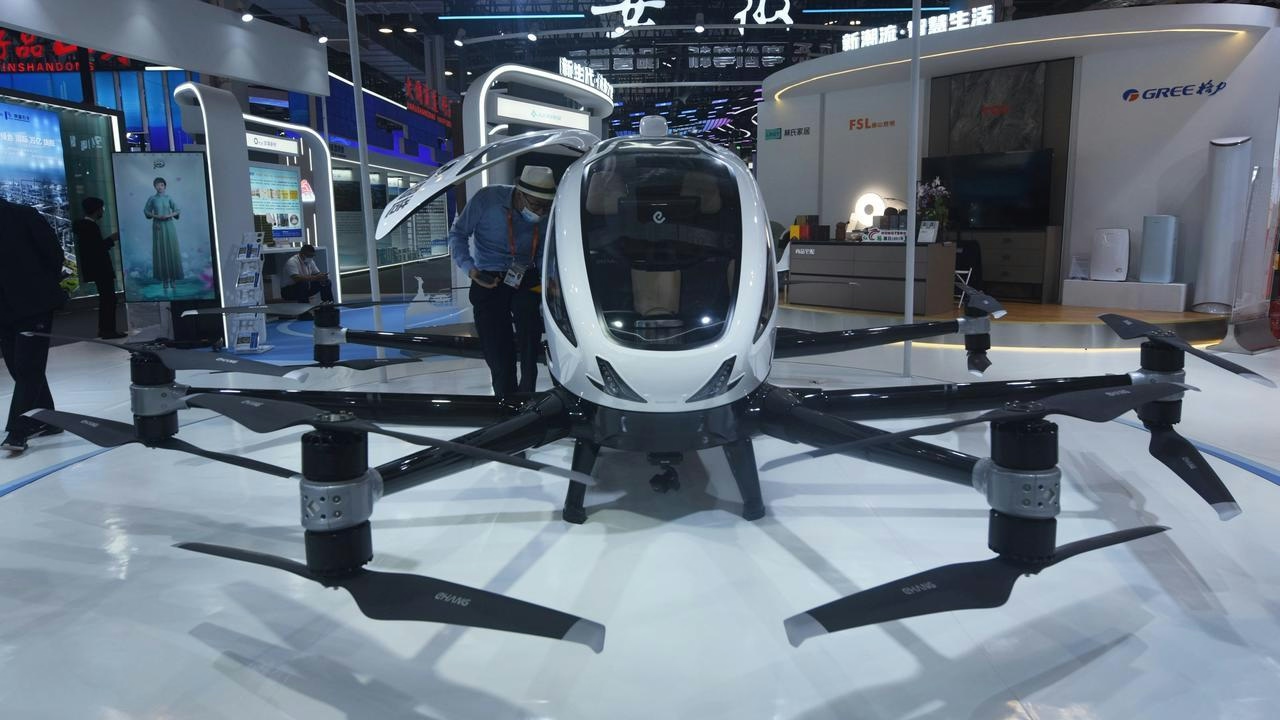
AeroGenie: Su copiloto inteligente.
Tendencias
Categories
Dubai Airshow 2025 Reveals Main Agenda and Activities
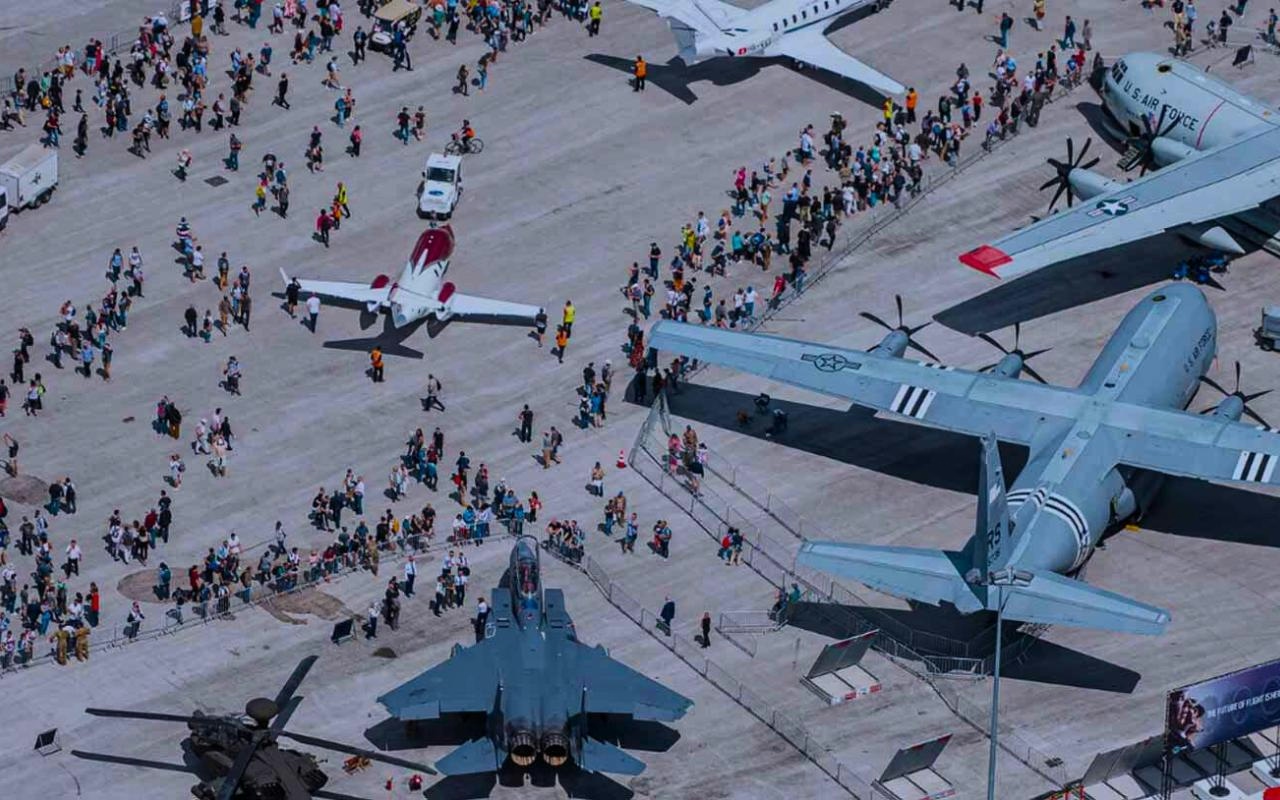
Dubai Airshow 2025 Unveils Key Agenda and Activities
The Dubai Airshow continues to solidify its standing as one of the world’s foremost aviation events, bringing together global leaders and innovators to influence the future trajectory of aviation and defence. The 2025 edition promises to provide industry specialists and stakeholders with a critical platform to secure their positions at the cutting edge of technological advancement and sector innovation.
Navigating a Challenging Global Context
This year’s event takes place amid escalating geopolitical tensions that have recently affected other major airshows. The tragic Air India crash, which overshadowed the Paris Air Show, highlights the vulnerabilities and complexities facing international aviation gatherings today. Additionally, Dubai Airshow 2025 faces stiff competition from established events such as the Paris Air Show, where the spotlight has been on breakthroughs like electric aircraft and sophisticated aircraft systems.
Despite these obstacles, Dubai’s robust growth in visitor numbers—particularly from Australasian markets—enhances the city’s attractiveness as a global aviation hub. Organizers are acutely aware of the imperative to present state-of-the-art innovations and sustain the event’s international prominence. In response to competitive pressures, the 2025 airshow is expected to emphasize the latest advancements in aviation technology, sustainability initiatives, and defence capabilities.
A Platform for Collaboration and Innovation
As the aerospace industry contends with a complex and evolving environment, the Dubai Airshow remains an essential forum for leaders seeking to address emerging challenges and capitalize on new opportunities. The event’s carefully curated agenda and activities aim to foster collaboration, accelerate technological progress, and reinforce Dubai’s position as a premier centre for the global aerospace sector.
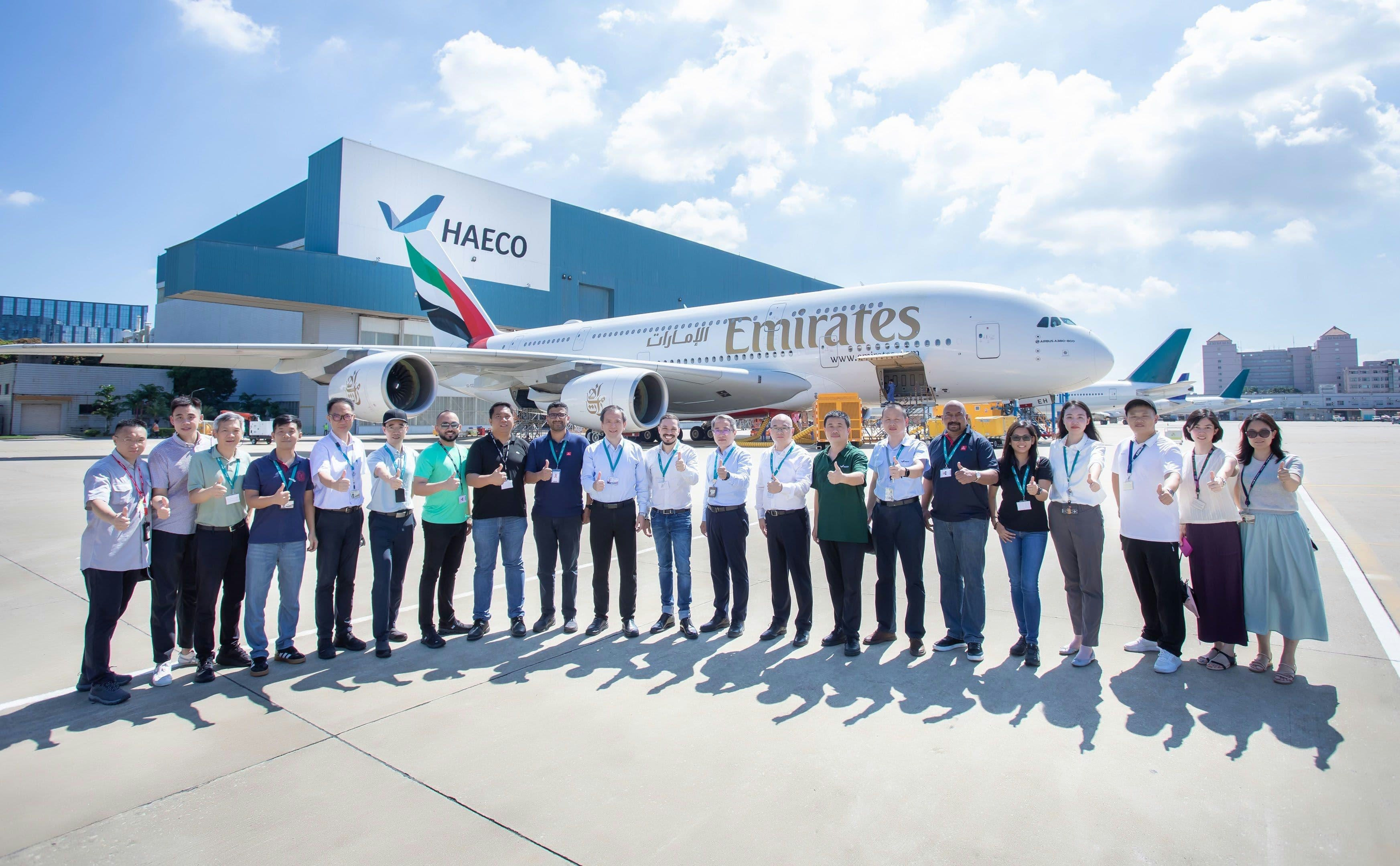
Collins Aerospace and Emirates Extend A380 Landing Gear Maintenance Agreement
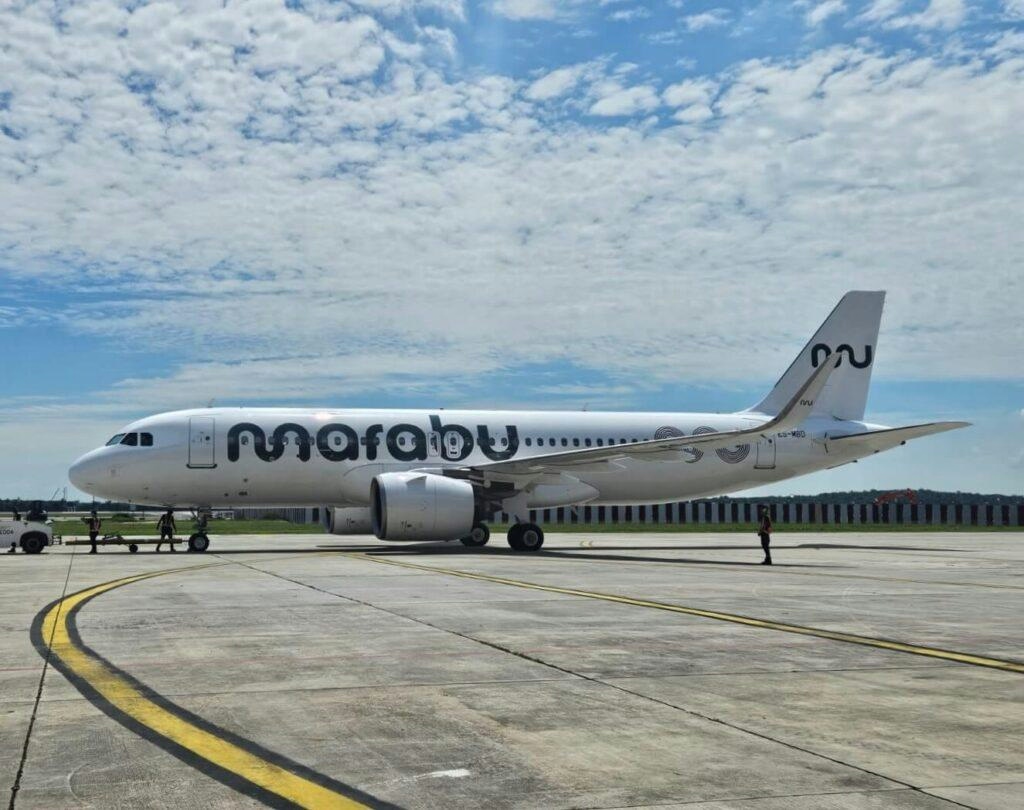
CDB Aviation Leases Four A320neo Aircraft to Marabu Airlines
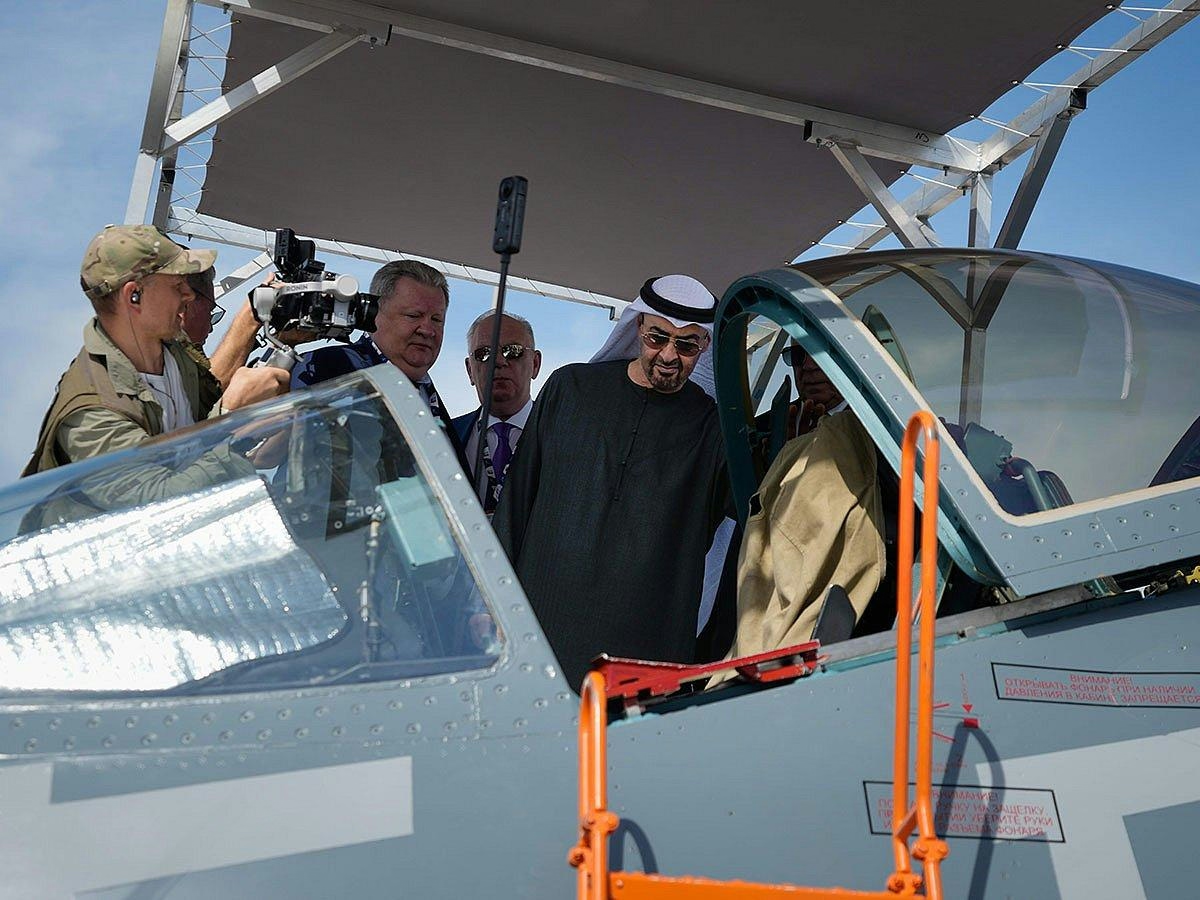
Sheikh Mohammed Visits Dubai Airshow Highlighting Innovation and Expertise
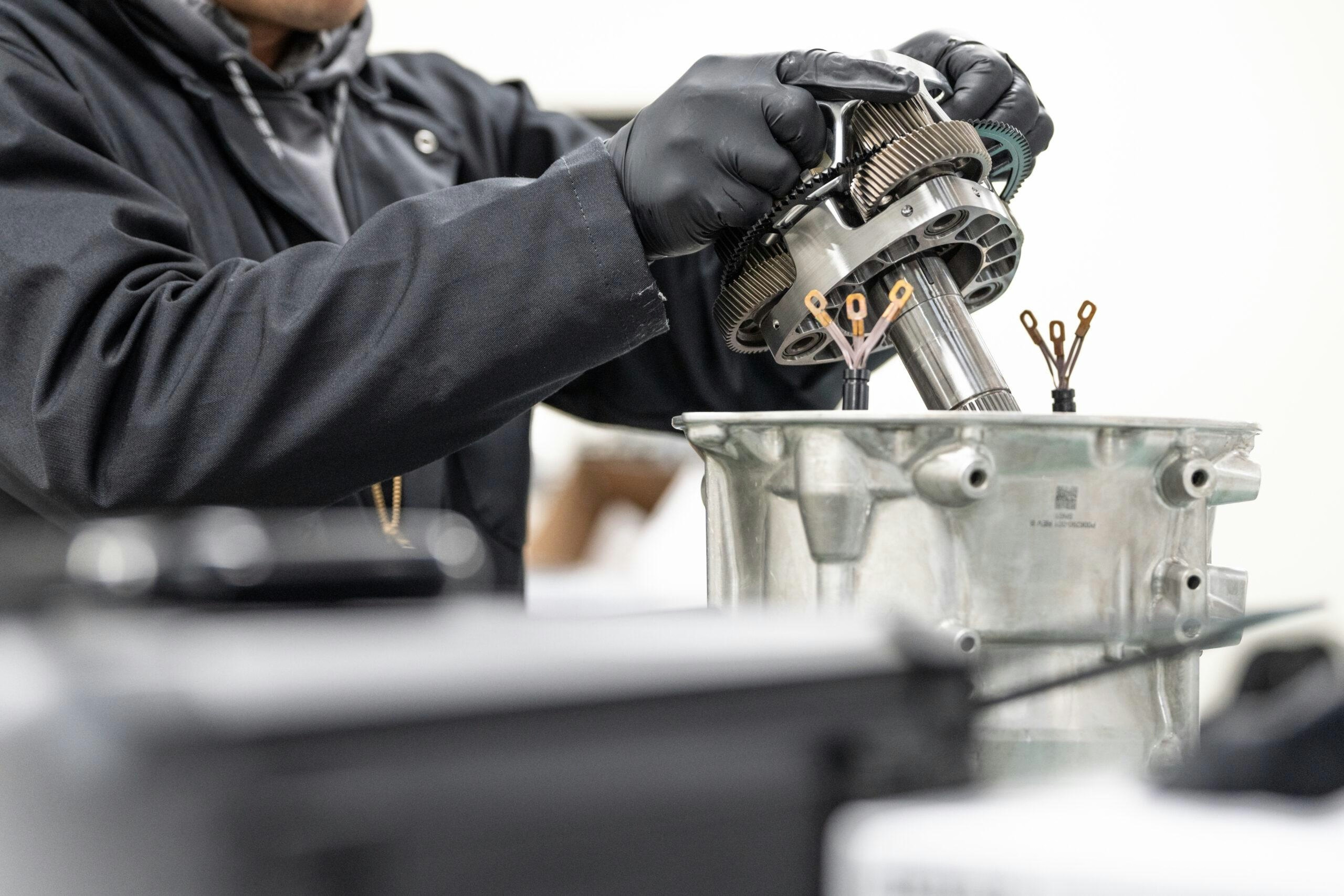
Archer Provides Electric Air Taxi Powertrain for Anduril’s Omen Concept
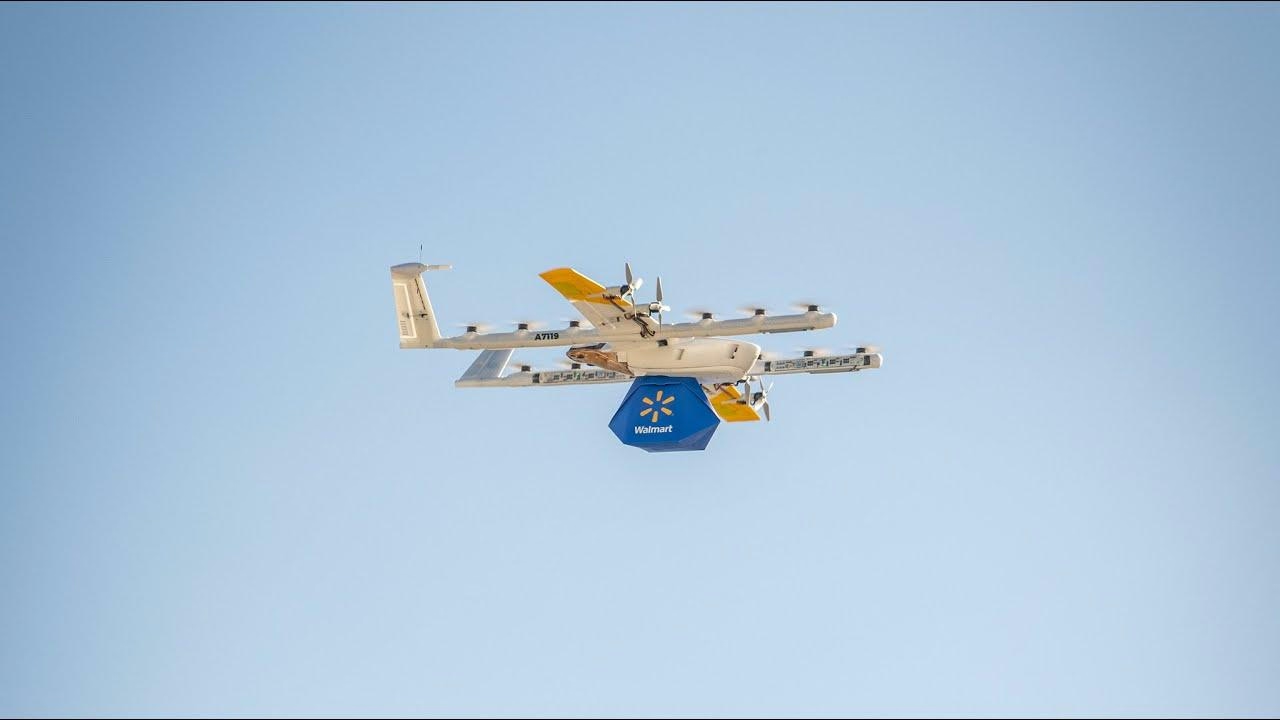
Concordia Partners to Advance Drone and E-Aircraft Technology
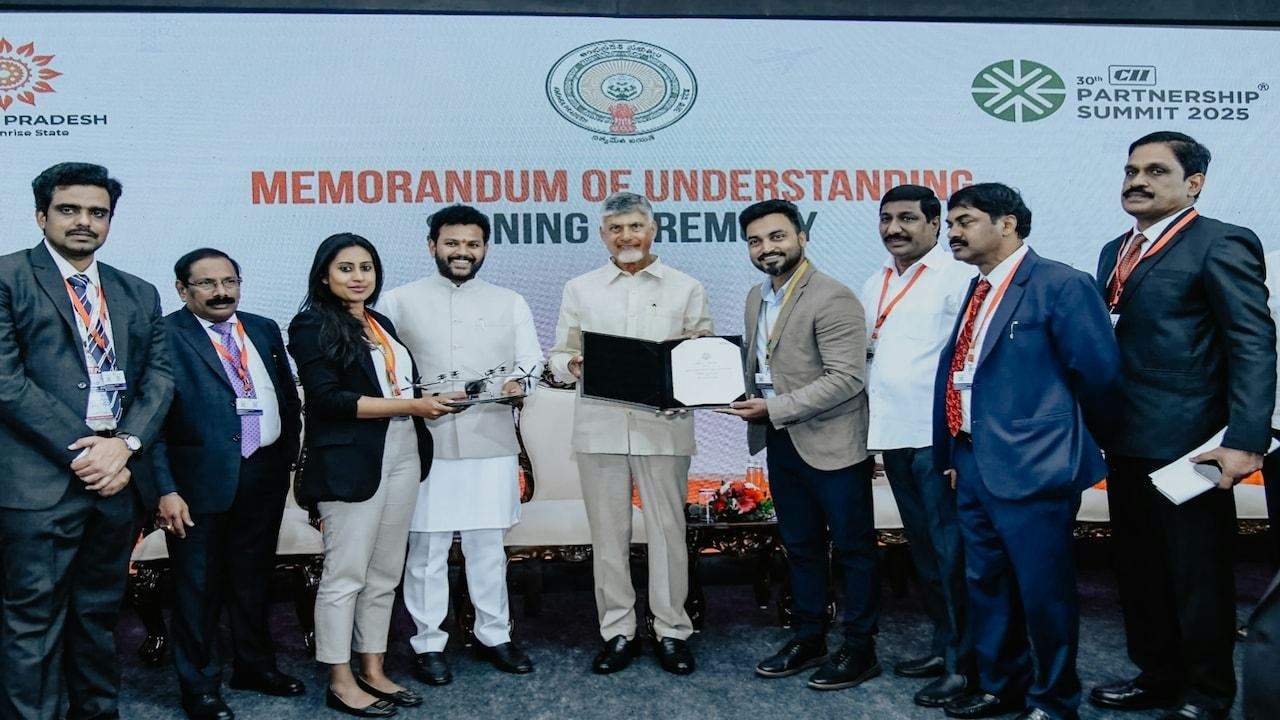
Sarla Aviation to Invest ₹1,300 Crore in Aerospace Facility in Andhra Pradesh

Passengers Respond Positively to Airline’s AI Flight Attendant
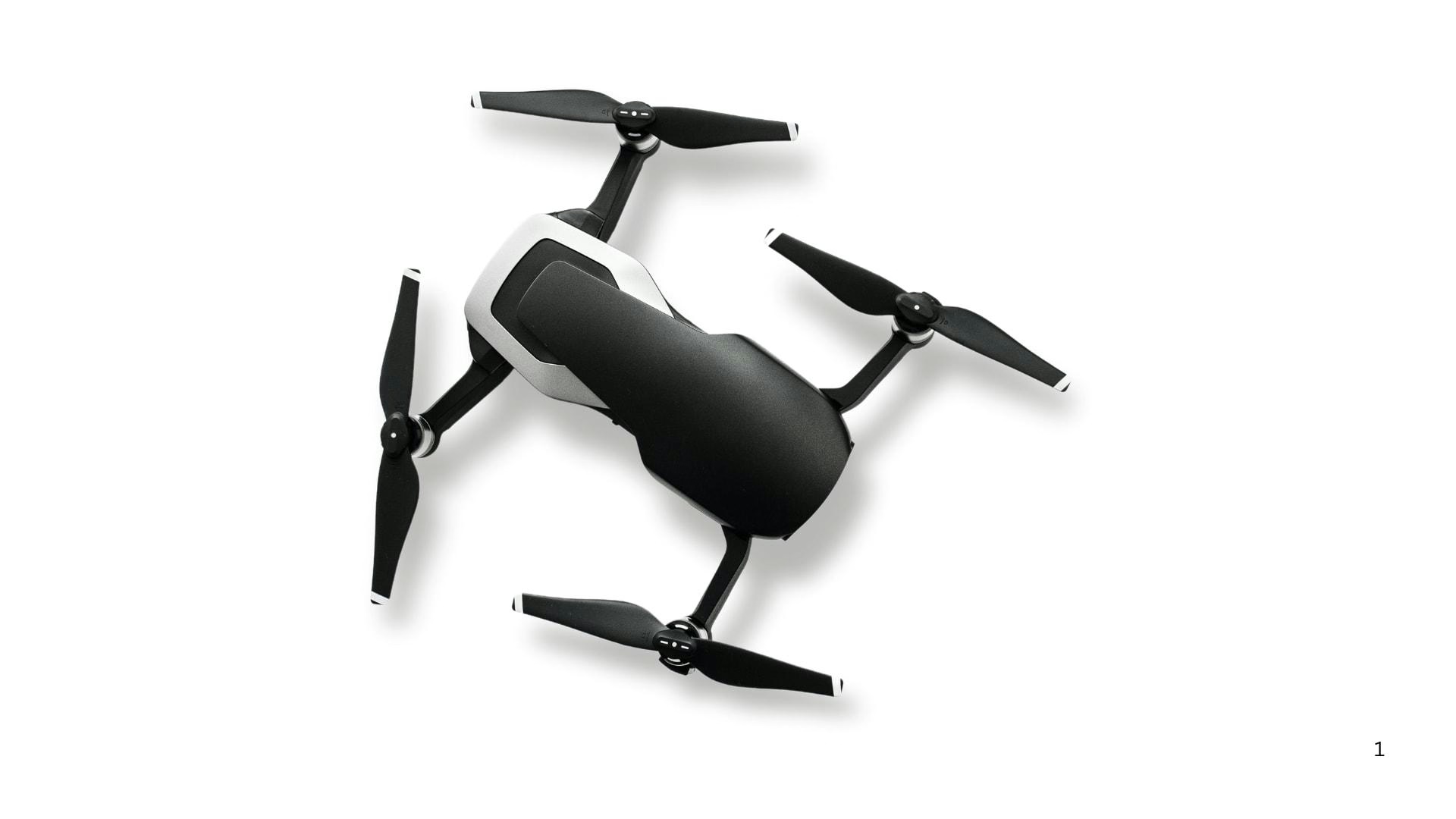
Drone Market Outlook: Trends and Forecasts Through 2033

Google Develops AI for Travel Booking and Updates Travel Tools
